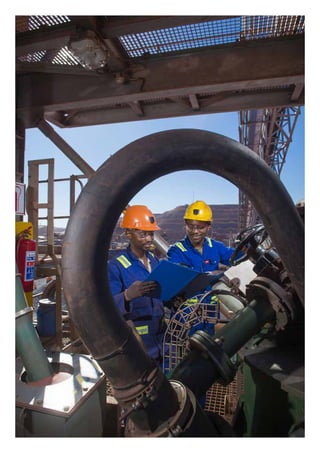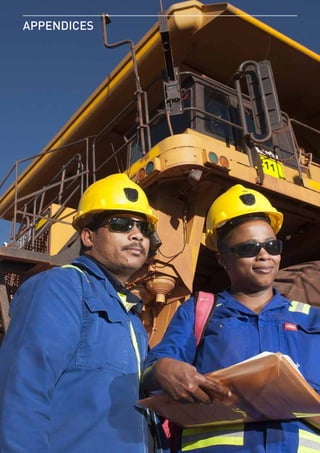The Critical Control Management (CCM) Implementation Guide outlines a structured approach for enhancing safety in the mining and metals industry by focusing on critical controls to prevent material unwanted events (MUEs). It provides a step-by-step process for implementing CCM, including planning, identifying controls, and monitoring performance, alongside discussions on the history, benefits, and challenges of adopting this approach. Ultimately, it aims to foster a safety culture and reduce incidents by improving management's focus on critical controls and material risks.



























































